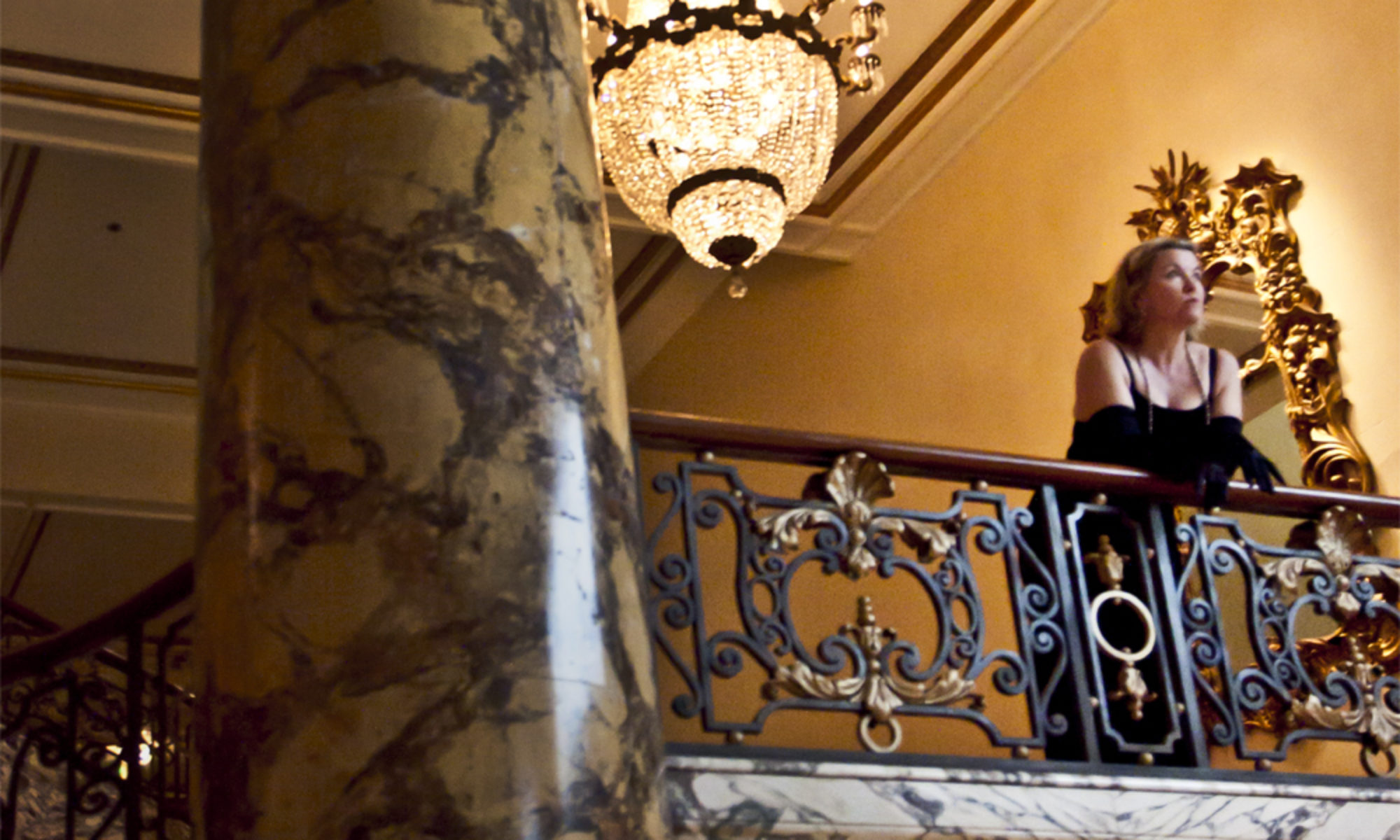…I am trying to make head or tail out of single-parenting, and it’s never easy – but always fun, especially if you considered the Spanish Inquisition fun. Ah, religion – what a vast territory that covers, and we, the single parent, are supposed to have all the answers. Some are easy.
My youngest daughter recently asked me where Jesus stood in the line of human evolution – was he before or after Cro-Magnon Man? I begged the question for a moment, tried not to burst out laughing while I pondered the irony – some people, for example, don’t believe that there was a Cro-Magnon Man. Rather than delve into thorny debates such as evolution versus creation, I simply answered, “After. Definitely after.”
Some questions are not so easily answered. I overheard her discussing with her sister the issue of whether Jesus had blonde hair. Again, these questions make me want to laugh out loud, but one cannot take the queries of childhood too lightly, so I politely intervened and began a discussion of how Jesus probably looked – long, dark hair, a beard, probably olive or tan skin. “But no one really knows what Jesus looked like,” I concluded.
“I know what he looked like,” she said. Of course she does – she went through six years of catechism, has holy cards in her dresser drawer, wore the white Communion dress and veil. How could she not know? But the journalist in me perseveres.
“Well, there are really no pictures of Jesus,” I said.
Now, to get her response just right, you have to practice your most withering, scathing tone. Try saying, “Mother!” several times, or “You’re a fricking idiot.” That should get it right. That’s how Ana replied: “There are pictures of Jesus – I’ve seen them.”
I bite my lip and tell her that the camera had yet to be invented for, oh, close to 2,000 years after Jesus departed the planet, and that any pictures she’s seen have been artists’ renderings.
She is not convinced. Her mother is an idiot. She leaves the room in a huff.
Although I have had my moment of levity, the questions she raises are serious. We cannot take lightly the spiritual inquiries of our children. I am grateful that there haven’t been harder questions put to me – like trying to explain the existence of God, or why there is hate and hurt in the world.
Because inevitably such questions would bring up my own issues of faith, my own faltering belief system, and I would have to say, “I don’t know, I don’t know.” How to explain why I still have the rosary beads hanging from my rear view mirror but no longer use them for prayer, or how we used to say grace at meals but now find it difficult to even get to the same table in the same house at the same time? Why we still light the Advent wreath at Christmas, how we bless ourselves when we leave the house or someone dies or we get onto the freeway, but no longer darken the doorways of any house of worship?
How can I explain so many things that I don’t know the answer to? Like how to account for the marriage-shaped hole in my heart that took away the greater portion of my faith when it left? I don’t know.
When my girls were very small, we lived in a house with an orange tree in the backyard. Whenever the weather was nice, we could sit on a blanket in the yard, and my little girls would chase butterflies and pick dandelions while I planted flowers, weeded and hung out clothes to dry. We would play for a while in the sunshine, then pick oranges from the tree and peel and eat them right away. We’d wash away the sticky juice from our fingers with the garden hose.
In those days I was sure of everything – my house, my family, my future, my faith. But how can we be really sure of anything – the things we thought were set in motion have vanished, and we are flung out into the world on our own. It is difficult to tell my daughters that everything will be as they plan, that everything will work out exactly right, when I am no longer convinced. But too much of that kind of pondering makes one rigid with fear.
So I go to my garden, where everything returns again in spring. I planted bulbs like dead lumps in the ground last fall, and they have made an appearance – thin spears of green piercing through the loam, then opening with a bounty of color. Is there anything more perfect than a daffodil in spring? Than a single white iris? The first rosebud to open, or new leaves on a birch tree unfurling like tiny green flags? Is there a lovelier sight than an apricot tree in full bloom, or the first tiny violets making their sweet way through the dead leaves of winter?
When I can’t explain anything to my daughters about the world, the heavens and life now or the one possibly to come, I go to the garden and sink my fingers into the dirt, where everything is simple and real. The dry seeds go into the ground, they come up in the spring, they die and are reborn. It is the simplest resurrection. It is the smallest inkling of faith.
In this Lenten season, it’s nice to know that there’s still hope.
